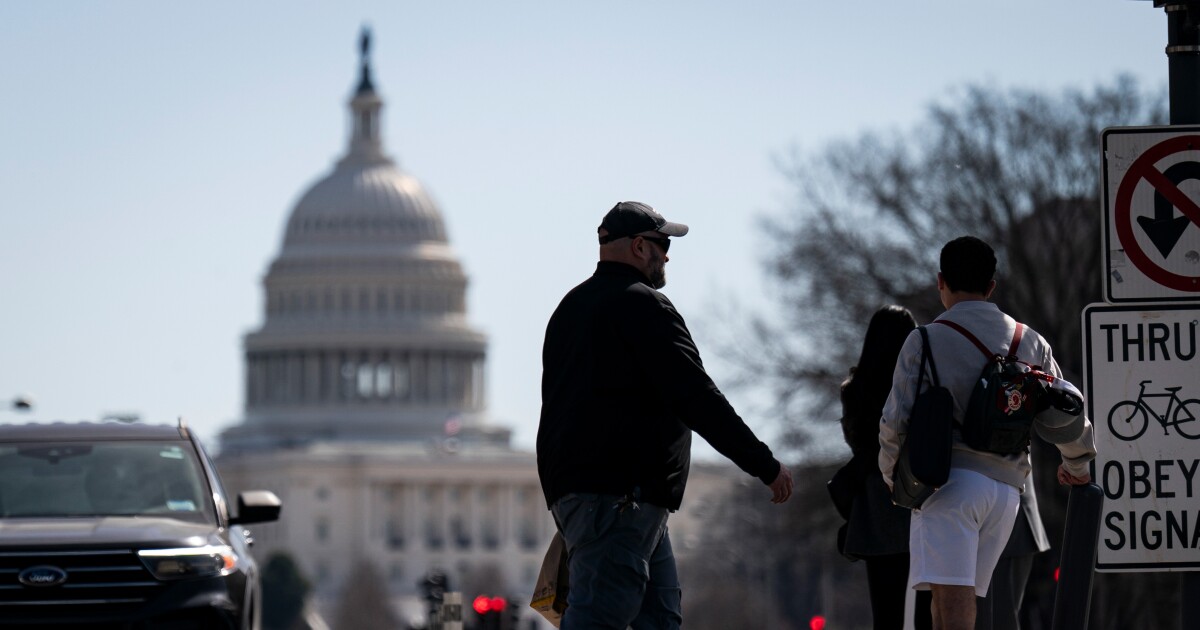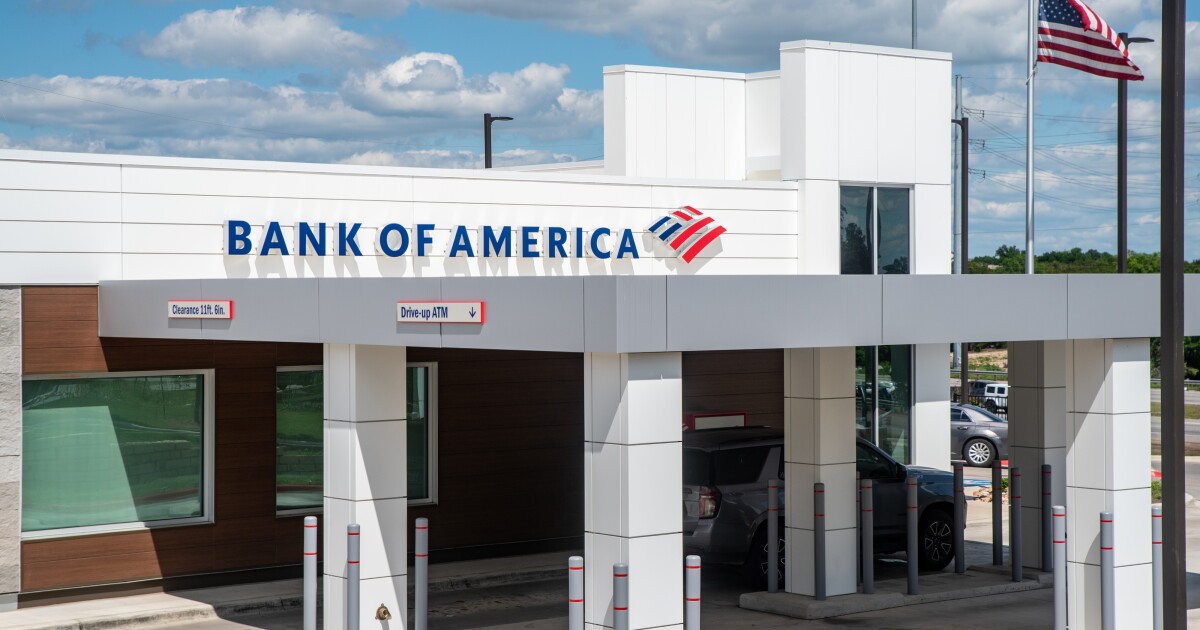
America's post-pandemic paradox is clear: The economy keeps adding jobs, but
President Donald Trump, who began his career in hard-hat territory, now has a rare opportunity to fix that — quickly, safely and without needing a single vote from Congress. The key is a housing remainder trust: a self-financing, 10-year initiative that can be created by the Treasury Department and overseen by an independent board made up of builders, labor leaders, lenders, governors and consumer advocates.
Funded by up to $240 billion from the wind-down of the government's crisis-era stakes in
The trust would step in by offering that gap financing at modest interest rates — low enough to attract private capital, but high enough to earn a return for taxpayers. For every dollar it puts in, four more from private markets could follow. That's enough to fund more than $500 billion in projects over seven years and to deliver more than 4 million new homes by 2035.
This isn't a subsidy or a giveaway. It's an investment — one that's expected to return full principal to taxpayers, plus roughly $70 billion in profit. It requires no new spending, no new taxes and no new congressional action. Treasury already has the authority to create this kind of self-liquidating trust. All it takes is executive action.
The administration will release $100 million in grant funds focused on slashing red tape at the state and local levels, and will advance other programs to increase home construction.
The direct beneficiaries would be middle-income Americans — the nurses, teachers, police officers and small-business employees who earn too much to qualify for subsidized housing but too little to compete for luxury condos. For them, more supply means real relief. Builders gain dependable access to capital. Local contractors and trades see years of steady work. Banks and pension funds gain a pipeline of safe mortgages. And Fannie and Freddie, once privatized, get a surge in conforming loans, supported by the safety and soundness reforms made since they entered government conservatorship in 2008.
Local governments, in red and blue states that need more housing, can be part of the solution, too. Access to trust financing could be tied to streamlined permitting and zoning, giving governors and mayors an incentive to cut red tape instead of adding more.
Politically, the proposal aligns perfectly with a president who sees himself as builder-in-chief. It offers the largest homebuilding surge since the GI Bill — not through government mandates, but through market mechanisms, private investment and executive authority. It is infrastructure Americans can sleep in. It is a real strike against inflation. And it answers the most pressing question facing millions of American families: Where will we live?
New roofs can rise. Cranes can return to the skyline. The president just has to say yes.



